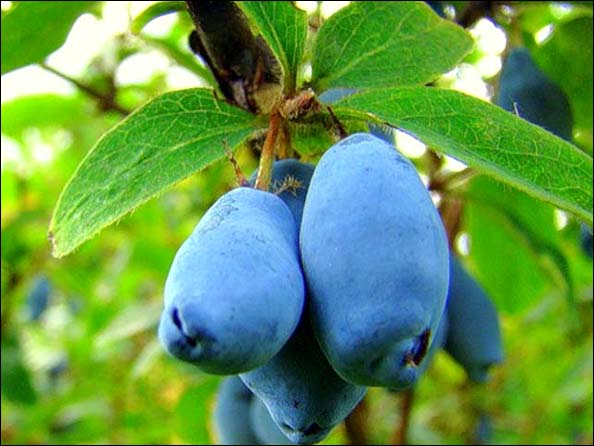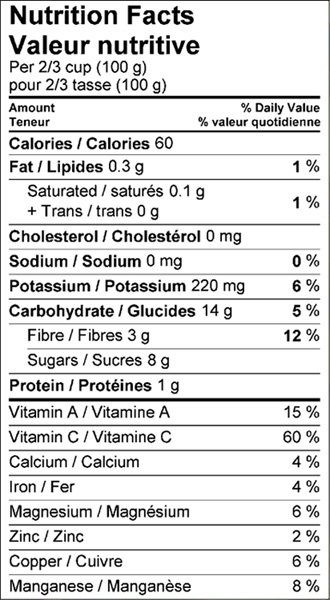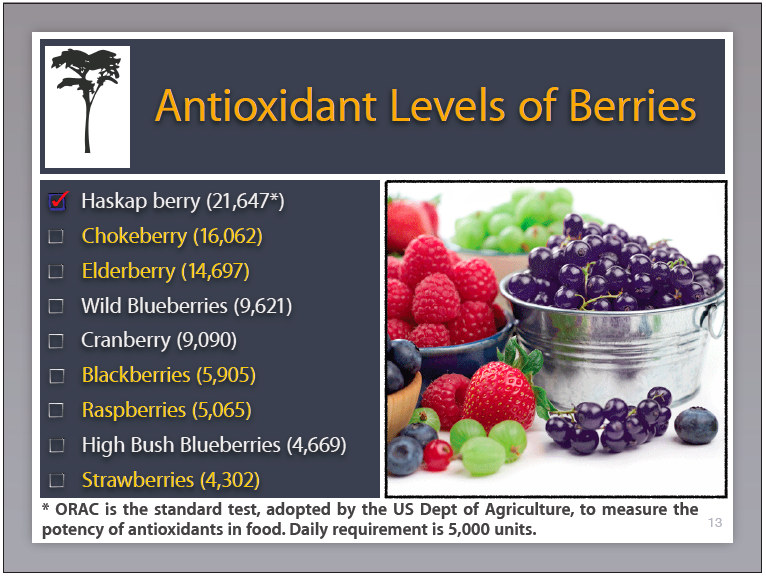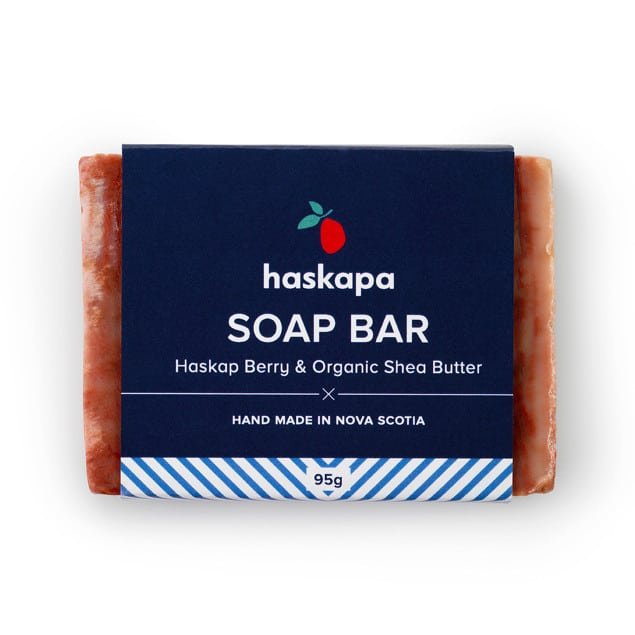A tribute to the Haskap Berry AKA Honeyberry, how to grow them and a BONUS Jam Recipe included
Every Summer I challenge myself to plant and learn about a new fruit for my orchard. Last year I planted and started seeds for a Goji Berry, because it is one of the worlds Super Foods. So this year I discovered the Haskap Berry, or commonly called the blue Honey berry. It is a member of the honeysuckle family. The haskap berry looks like a deformed blueberry. It's origin I learned is from Siberia, and is quite popular in Russia and Japan, so naturally the Canadian climate is perfect for this little gem.

It is totally cold hardy and can withstand temperatures of up to -45 degrees C. The Japanese have been quoted stating this is the fruit of long life and good eyesight. It is naturally full of antioxidants Just look at this chart,


They taste like a cross between the blueberry and the tart sweet taste of the raspberry.
So how do you grow them?
They can be grown from a root bulb seedling, that can be ordered, or you can grow and start from seed that takes so long. LOL You can plant them in the Spring or Fall. Many testify that this is the first fruit to ripen of the growing season, as it is ready to harvest in late June to early July for a two week period. One mature plant can produce up to 7-10 pounds of fruit. A Haskap plant is disease and pest resistant making it much easier to grow organically.
Grow Haskap berries in the full to part sun. A sheltered spot is fine.
Haskap's can grow in a wider range of soils that Blueberries can (ph 5 - 8.5)
All Haskap berry plants are capable of producing fruit, if they have a ‘Companion’ that blooms at the same time to provide cross-pollination. These varieties must be compatible and the blooms must be pollinated by local or hive bees to set the fruit.
There is no separation of the sexes with Haskap plants. These two varieties were named so gardeners buying plants could remember that ‘Aurora’ and ‘Borealis’ go together. Haskap plants can grow 4-8ft tall.
When harvesting the Haskap Berry it should be noted that the berries will look ripe 1-2 weeks before they are truly ready to be eaten. If the berries are green inside, they are not ripe; they should be a deep purple red inside when fully ripened.
If you are really enthusiastic about this glorious berry you may want to order one of these, link listed below:

You can juice these berries, Make jam, make pie's and smoothies. You can treat these berries as you would a blueberry. I have provided a Recipe for a jam. Now my berries wont be ready till next season, but I have gathered all this info to help me grow and harvest this little gem.
Haskap jam
Ingredients:
2 cups fresh haskap berries
2 cups sugar 500 mL
1/4 cup fresh squeezed lemon juice
Method:
In a medium stainless steel saucepot, crush the haskap berries with a masher into the sugar. Over medium heat, bring the berries to a gentle boil. Stir in the lemon juice. Continue to boil until it has reached the jam stage. Skim off any scum as it forms. Test your jam on a plate that has been chilled in the freezer. Process and store the jam using canning techniques or simply store it in your freezer in small batches until needed.
So there you have it folks. If any of you have any experience with growing and harvesting this berry plant please do share the knowledge.
Image Sources:
http://haskapberries.com/haskap/haskap-health-benefits
https://www.miramichionline.com/post.php?id=2990
https://haskapa.com/shop/health-beauty/haskap-berry-powder/
Tremendous! A perfect addition to any garden in Canada, thank you for telling us about the Haskap Berry!
I've never seen the haskap berry before- I'm intrigued...going to see if I can order one. They remind me of mini manatees!
Learning is so much fun. I did not know that it has more antioxidants than a blueberry. and living in Canada -45 degree helps them to survive. I'm excited for next season.
Yeah cold hardy perennials are such a huge bonus in my mind! And they seem to pack a punch in the nutrition department!
Make sure you get at least two plants to pollinate with eachother or no berries will form.
Ok good tip- thanks!
I love my haskaps! Just bought a second one a month ago and its doing fine. Maybe I'll do a feature on here about them sometime.
Which varieties do you grow, as they need at least 2 different ones? Good to hear would love pic's
Sorry for the long wait. I cant figure out how to put a photo in a reply like this.
Mine are Blue Moon Honeyberry.
No worries. You add a photo to the reply just drop and drag as you would in a regular post that you are writing. Blue Moon Honeyberry, I must check this breed out.
Thanks
Honeyberries are so good. Thanks for the recipe.
Never even heard of these but now I'm going to order these to go with my other berries .
Yep ordered seeds yesterday
Awsome. Good luck with them. Post pic's next year when they are full in bloom, love to see them.
will do along with coffee and my Strawberry collection , picked up the 12 assorted color gotta see the black and blue for myself lol
Never heard of these. Thanks for the heads up! I hope yours does well!
Honeyberries should do pretty well in the climate where we live. It will get to 20 below here in the winter, and occasionally down to 30 below. Apparently that's not too cold for them. I would have to find a place to order the plants from.
i never see before...
Please follow me @patricksanlin and upvote. Thanks
Thanks for good information about delicious fruit and for jam, some day i would try to make jam with mangoes.
Enjoy your wild plants.